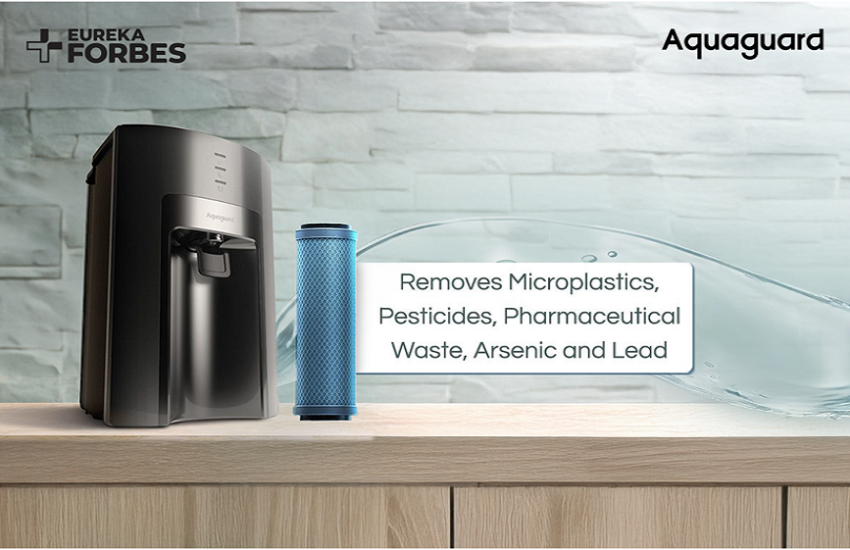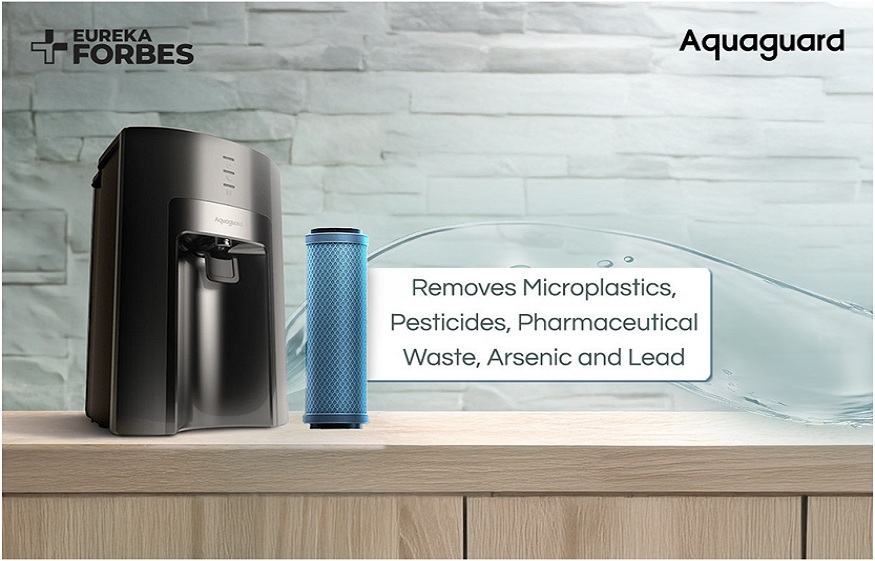Solar power DIY has become very popular. Homeowners want to reduce energy bills, while campers need portable power solutions. Off-grid enthusiasts also seek energy independence. Two main approaches dominate the market. Component-based systems combine separate elements. You’ll need solar panels to collect sunlight, charge controllers to regulate the energy flow, batteries to store power for later use, and inverters to convert DC electricity to AC for household devices. All-in-one solar-powered generator solutions offer complete packages. They combine power stations with portable power supplies, electronics, and solar panels. They prioritize convenience over customization. This guide explores both options in detail.
Copyright image from https://www.freepik.com/free-photo/high-angle-eco-plan-arrangement_13443019.htm
Component-Based System (Traditional DIY)
Component-based solar systems consist of separate parts working together. It’s the traditional solar power DIY setup. You’ll need solar panels, charge controllers, batteries, and inverters. Each part serves a specific function. For example, panels collect sunlight while controllers regulate power flow. Batteries store energy, and inverters convert DC to AC power for your devices. These traditional setups require assembly and configuration.
The traditional solar power DIY approach has several advantages and disadvantages. Consider these before making your decision.
Pros
The following are the pros of this approach that make it popular:
Fully Customizable Design
Component-based setups have a fully customizable system design that allows complete control. You select each component based on your exact needs. This creates a system perfectly matched to your power requirements. Nothing is wasted on unnecessary features, and you can prioritize battery capacity or inverter power as needed.
Scalable Capacity and Upgrade Flexibility
Scalable capacity means room for growth. You can start small with a traditional solar power DIY setup and add more panels or batteries later. Your system evolves with your needs. You can upgrade individual components without replacing everything. This flexibility proves valuable as your energy needs change.
Lower Cost Per Watt Potential
Lower cost per watt is possible with careful shopping and smart component choices. Buying components separately often saves money. For example, bulk battery purchases reduce per-unit costs. Not to mention, DIY solar kit assembly eliminates labor costs. The investment pays off over time through greater efficiency.
Cons
The following are the major cons of the component-based solar power DIY approach:
Requires Technical Knowledge
Technical knowledge requirements create a steep learning curve with the traditional DIY home solar system setup. You must understand electrical concepts like voltage and amperage. Component matching, wiring, sizing, etc., require careful calculation, as mistakes can damage equipment or create safety hazards. Research and learning become part of the project.
Setup is Time-Consuming/Prone to Mistakes
The traditional solar power DIY setup is time-consuming and involves many steps. You’ll spend days planning the system. Installation requires careful wiring and mounting. Troubleshooting often extends the timeline further. The entire process demands patience and attention to detail, as there is a high risk of mistakes and errors.
Bulky and Not Portable
Bulky components of the traditional solar power DIY system take up significant space. Batteries alone can fill a closet. Inverters and controllers need mounting locations, and wiring must be properly routed and protected. These systems rarely travel well. They work best in fixed locations.
All-in-One Portable Power Station
All-in-one systems combine components into a single unit. These are often called portable power stations. Reputed brands like Jackery offer complete solutions with built-in batteries, inverters, and controllers. You simply connect solar panels to the unit (also purchasable as a bundle) and then plug your devices directly into the power station.
This simplified approach changes the solar power experience. However, there are certain factors to consider when evaluating all-in-one options.
Pros
All-in-one portable power stations have many significant pros. These include (but are not limited to) the following:
Plug and Play
The plug-and-play operation of this solar power setup eliminates complexity. No wiring or configuration is needed, and no electrical expertise is required either. It’s because the manufacturer handles all component matching. All you need to do is simply connect panels and start generating power. Most systems work within minutes of unboxing. Even complete beginners can succeed.
Safe, Clean Design with Built-in Protections
Built-in safety protections of these all-in-one solar power systems prevent common mistakes. Overcharge protection, for example, keeps batteries healthy, while thermal management prevents overheating. Short circuit protection is also included. It protects against wiring errors. These features create peace of mind for new users.
Compact and Mobile
Mobility makes all-in-one solar setups versatile. Most units feature carry handles and fit in car trunks or RV storage spaces easily. You can move power from the campsite to your home without any problem. This flexibility suits people with changing power needs.
Cons
There are some cons and concerns when it comes to all-in-one setups. These include:
Limited Flexibility for Customization/Expansion
Limited customization of these setups restricts system evolution. You can’t upgrade individual components, and battery capacity is fixed from purchase. Also, the inverter size can’t be increased. This creates potential limitations as needs grow. What works today might not work tomorrow.
Higher Initial Investment Than DIY Kits
Higher upfront costs reflect the convenience factor as you pay for design and integration. Manufacturers add premiums for their engineering, which raises the initial investment compared to solar power DIY kits. Budget-conscious buyers may hesitate.
May Not Suit Very Large-Scale/Permanent Setups
Scaling limitations affect larger applications. Most units max out at a certain capacity (e.g., 2-3 kWh). They may support whole-home power needs, but large-scale/permanent installations often need more capacity. The all-in-one approach works best for modest energy demands.
Software and Usability
The user experience differs greatly between all-in-one and component-based solar power DIY systems. Software and control interfaces impact daily use. It’s recommended to consider how you’ll monitor and manage your system.
Component-based Systems
Traditional solar power DIY setups require more technical knowledge. Each component may have its own interface, and system management happens across multiple devices or panels. Here are key notes:
Setup Involves Configuring Charge Controllers and Inverters
Configuration complexity starts immediately. You’ll program charge controllers with battery specifications. Inverter settings must match your system parameters, and each device speaks its own language. Documentation often assumes prior knowledge.
Monitoring Requires Extra Displays or Apps, Sometimes DIY Coding
Monitoring challenges arise from separate components. Each device may have its own display system, and some require additional hardware for remote monitoring. Solar power DIY enthusiasts often create custom monitoring solutions. This adds another layer of complexity.
Not Beginner-Friendly
Technical troubleshooting becomes your responsibility with a component-based setup. When problems occur, you diagnose between components. Error codes vary between manufacturers, and the system lacks unified diagnostics. It’s not a beginner-friendly experience.
All-in-One Systems
Manufacturers design all-in-one systems for simplicity. They feature integrated control systems, and most operations happen through a single interface. Here are the keynotes about these setups:
Intuitive Built-in Display or Mobile App
Intuitive control screens of an all-in-one system display key information clearly. The battery percentage appears prominently, and power input and output numbers are easily visible. Color-coded warnings prove invaluable as they alert to potential issues. Everything operates through one consistent interface.
Automatic System Management
Automated management happens behind the scenes. Battery management systems prevent damaging discharge while the inverter adjusts power distribution to connected devices automatically. The controller of the system balances charging priorities without user input. All of these are integrated into one setup.
Designed for Non-Technical Users
The smartphone connectivity aspect of these systems adds convenience. Most units offer Bluetooth or Wi-Fi connections. Dedicated apps provide detailed system information, and there is remote monitoring, too, which works from anywhere. Updates arrive automatically when improvements are available.
Use Case Recommendations
Different situations call for different solar power DIY solutions. Your specific needs determine the best approach. The following are common scenarios and use case recommendations:
1. Camping Outdoors
All-in-one systems excel for outdoor adventures. They are set up in minutes, and you can move them easily between campsites. No technical knowledge is required; just unfold your panels and connect them to your power station. You’ll have power for phones, lights, and small appliances instantly. Weight and size considerations favor compact units and all-in-one systems typically offer better protection against weather elements.
2. RV/Van Life
Both component-based and all-in-one systems work well for mobile living. All-in-one solutions offer the simplest installation. They take up minimal space inside your vehicle. Component-based solar power DIY systems provide more capacity for full-time living. They require more installation effort but deliver more power for long-term use. Space constraints often determine the best choice.
3. Home Backup
Either system can provide emergency home power. Your choice depends on power needs and available space. All-in-one systems work well for charging devices and running small appliances. Component-based systems handle larger loads like refrigerators and HVAC systems. It’s recommended to consider your emergency power priorities when choosing.
4. DIY Hobbyists
Component-based systems appeal to those who enjoy technical projects. They offer endless opportunities for optimization. You’ll learn about electricity generation and storage. The system becomes a hobby itself. Many enthusiasts start small and expand as they gain knowledge. The learning process provides satisfaction beyond power production.
5. Beginners/Non-technical Users
All-in-one systems clearly win for beginners as they eliminate complex decisions about compatibility. Their built-in safety features protect against wiring mistakes. The overall learning curve is minimal, and you can have a working system within minutes of unboxing. Support options for these setups typically exceed DIY systems.
Product Highlight: Jackery AIO Solution for Solar Power DIY
Jackery is a premier manufacturer of solar power stations. Innovative and intuitive, the brand’s products suit beginners and experienced users alike. The Jackery Solar Generator 2000 v2 offers a complete AIO solar solution. It combines powerful storage capacity with efficient solar panels, offering reliable backup power for homes and outdoor adventures. Some of its top features include:
Impressive Power Capacity
The 2042Wh capacity of the Jackery Solar Generator 2000 v2 tackles serious power needs. It delivers 2200W output for demanding appliances. This powers refrigerators during outages and runs CPAP machines all night. American homes face increasing outages each year. This capacity meets essential needs during these disruptions.
Space-Saving Design
The compact design fits easily in U.S. homes. At just 17.9kg, the DIY solar generator is 40% smaller than its competitors. This proves valuable in apartments and condos. The unit stores easily in closets or garages, and its weight allows for single-person handling.
Rapid Recharging
The Jackery Solar Generator 2000 v2 features super-fast 1.7-hour emergency charging. It provides quick recovery and particularly shines during America’s storm season. It works with standard household outlets, and you can recharge between power outages with ease.
Innovative CTB Technology
The solar generator boasts exclusive CTB (Cell-to-Body) technology to maximize safety. Its honeycomb design increases energy density, creating more power in less space. Higher density means greater efficiency. The design also improves heat dissipation. The technology meets strict US safety standards.
Long-Lasting Battery Technology
LiFePO4 battery technology ensures an impressive lifespan. The system delivers over 10 years of service. This suits the American consumer’s expectation for durability. The chemistry avoids rare earth materials and offers better environmental performance.
Seamless Power Backup
The built-in UPS function of this Jackery solar generator protects sensitive electronics. The system switches power in ≤20ms during outages, hence protecting computers from data loss. It keeps medical devices running without interruption, and smart home systems remain operational.
Noise-Free Operation
Whisper-quiet operation of the solar generator runs under 30 dB. This matches the sound of a quiet whisper and won’t disturb family activities. The system runs silently during nighttime power outages. The quiet performance suits indoor use well.
Smart Connectivity
Intuitive smartphone app provides instant system insights. The app works on iOS and Android devices. It features real-time monitoring, which shows battery status. You can track solar input efficiency as well as view power consumption in easy graphs.
Conclusion
Both solar power approaches offer valid paths to energy independence. Component-based solar power DIY systems provide maximum customization and learning opportunities. All-in-one solutions deliver convenience and immediate results. It’s recommended to choose based on your experience level, power needs, and personal goals. For beginners seeking a reliable solar solution, portable power stations like Jackery offer the smartest entry point. They combine quality, safety, and simplicity in one package. Visit Jackery’s website to explore the brand’s complete range of solar generators and portable power stations. Find the perfect solar solution for your home, adventure, or emergency preparedness needs.













